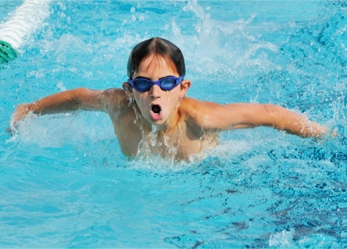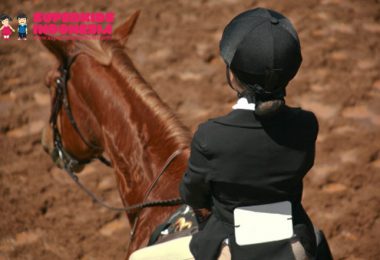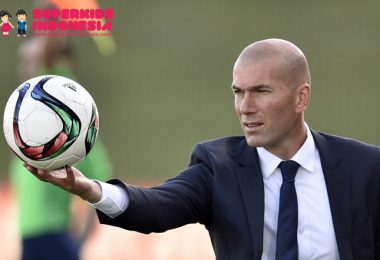Strict Timekeeping for Swimming Fair Play
We swam as fast as we can. In the next lane, our competitor also swam fast. We thought we’re reaching the finish line and be the champion. However, looking at the scoreboard, we saw the competitor just .21 milliseconds ahead us.
Superkids, swimming rules exist to regulate fair play. Rule of timekeeping is very strict to make the winning decision very objective. In swimming competition, there will be some official such as chief finish judge, timing equipment operator, recorder/computer operator, and chief timer.
So, how to count the time? Times recorded by the Automatic Officiating Equipment (AOE) determine the winner. The places and times of the AOE have precedence over the decisions of timekeepers, as far as the equipment operated correctly.
In case of the failure of the AOE, semi-automatic timekeeping is used. The Semi-AOE starts by the same starting equipment as the AOE but terminates by a timekeeper or Finish Judge depressing a ‘push-button’ at the end of the race.
If the Equipment clearly failed, the human timers will do the job. Three timekeepers must take manual times for a swimmer in a lane. If two of the three watches record the same time and the third disagrees, the two identical times is the official time. If all three watches disagree, the watch recording the intermediate time is the official time. If only two watches are used and if the times recorded do not agree, the average of the two recorded times is the official time.
Then, the time is displayed on swimming scoreboard.
TEGUH WAHYU UTOMO
PHOTOS: PHOTOS


 Indonesia
Indonesia















